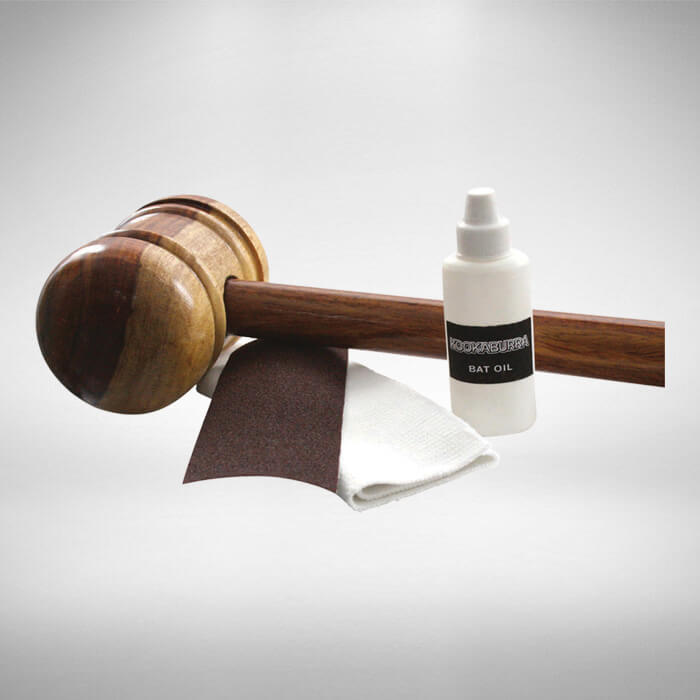At its core, cricket is all about fun. Just like any other sport, it’s the enjoyment and fun factor of cricket that pulls players in – and when you’re just starting out, having fun is really your only consideration. But, as you progress and begin to take the game more seriously, you’ll soon come to realise that safety is every bit as important – and that it goes hand in hand with your enjoyment of the sport.
Even at an amateur level, you can soon injure yourself if you’re not wearing the right protective gear, and injuries are no fun! So, to help you enjoy every game and stay safe on the pitch, we’re going to run through the essential cricket protection you should invest in.
Below, we’ll explain the differences between batting, bowling and wicket-keeping attire, listing the main protective gear cricketers wear from top to toe.
Head
For batters and wicketkeepers alike, head protection is crucial. Even if you’re playing at an amateur level, it’s easy to end up with a nasty injury if you don’t wear a cricket helmet, so we recommend investing in one right from the outset.
You could borrow one from your local club, of course, but it’s always better to have your own. Why? Well, the fit of a helmet is all-important; if it’s a little too loose or too tight, it could compromise both your safety and your comfort.
If your helmet ever takes a hard hit, make sure you inspect it carefully for signs of damage. If you notice any visible signs of deformation, it’s time for a replacement.
Torso
If you’re in the batting position, your torso is particularly vulnerable – especially if you’re facing down a high-speed bowl. Miss your target and the ball could easily strike your chest or abdominal area, leaving you with a nasty bruise (at best) or broken ribs (at worst).
Happily, there are products out there to help ward off even the harshest of impacts. Chest and abdo guards will serve you well, providing lasting protection and preventing any serious, match-ending injuries. The best abdo and chest guards are constructed using lightweight, flexible materials, offering ample protection without impeding your agility or comfort levels.
Arms
Arm protection isn’t always considered essential – it depends on the level you’re playing at. However, arm guards are certainly worth considering as you progress through the sport, as they’ve been known to prevent severe injuries in the past.
If a cricket ball strikes your arm in just the wrong position, you could easily end up with a broken bone. Arm guards will deflect the impact to keep you safe and, just like chest and abdo guards, their lightweight construction means your agility and reaction times shouldn’t be negatively affected.
Hands
If you’re in either the batting or wicket-keeping position, cricket gloves are an absolute must-have. It’s simply not worth playing without them, because your hands are so vulnerable; if you mistime your movements just a little bit and the ball hits your fingers, it’s highly likely that they’ll break. Gloves well and truly solve this problem, giving your hands plenty of protection while maintaining the flexibility and grip you need to put in a solid performance.
Again, as with helmets, the fit of your gloves is critical. Too tight and they won’t protect you well enough. Too loose and you won’t have the feel and control you need.
It’s important to shop for the right style of glove too, as both left and right-handed options are available. Batting and wicket keeping gloves are also entirely different, so be sure to choose the right type.
Legs
Another must-have for batters and wicketkeepers is leg protection. A wide variety of products are available to guard both your thighs and shins against impacts, with the most widely used being batting and wicket-keeping pads. Available in both left and right-handed styles, wicket-keeping and batting pads keep the lower part of your leg safe when it’s at its most vulnerable.
Although your thighs perhaps aren’t quite as vulnerable as your shins, it’s still easy for them to take a hard hit, ending your match prematurely. Thigh guards often come in ambidextrous designs and use much of the same materials as batting and wicket-keeping pads, giving you long-lasting protection without weighing you down.
Feet
Your choice of footwear is critical from a performance standpoint, but also from a safety point of view. If you don’t wear cricket shoes, not only will you be sacrificing your grip on the pitch, you’ll be placing yourself at risk of sustaining an injury.
Cricket shoes don’t just have spikes to prevent you from losing grip and slipping over on the pitch, they feature padding to protect your toes from impacts, making them essential for cricketers of all skill levels.
Again, fit is crucial here; don’t be afraid to try on multiple pairs of shoes to find the ones that fit you perfectly!
Shop online at 3D Sports today
That wraps up our beginner’s guide to cricket protection. We hope the information above helped you work out exactly what you need to get started – and reminded you just how crucial safety is when you’re on the cricket pitch.
If you’re ready to start shopping for your first protective gear, we’ve got you covered here at 3D Sports. With decades of experience serving cricketers across the UK, we know the sport inside and out – and we understand what players are looking for from their protective equipment. It’s why we stock a vast range of products from top brands like Kookaburra, with options available to suit all ages, budgets and skill levels.
From helmets to pads, we have everything you need here at 3D Sports. Discover our complete range of cricket equipment and order yours online today.

















































